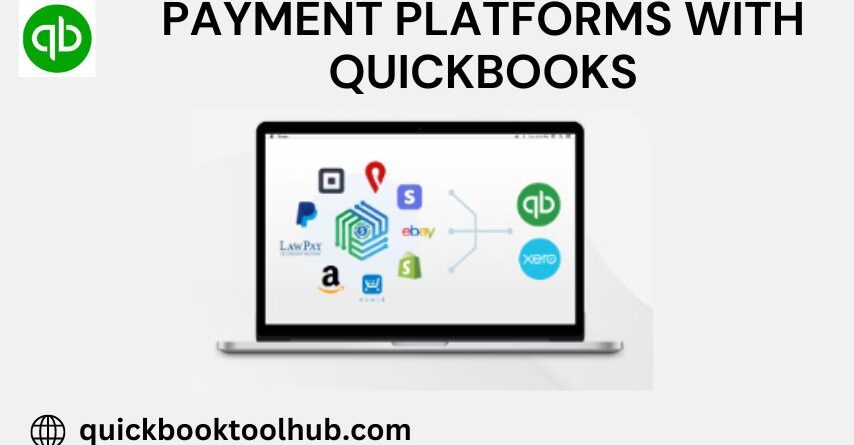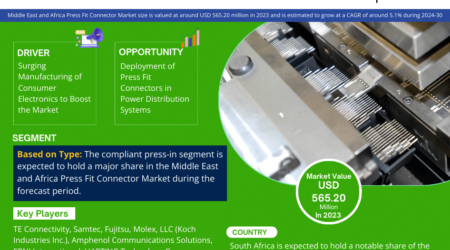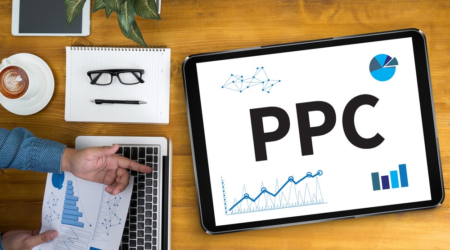Payment Platforms with QuickBooks for Small Businesses
kellycop2024-06-18T12:14:51+05:30In the fast-paced world of small business, efficiency and accuracy in financial management can make or break your success. QuickBooks has long been a favorite for managing accounting needs, but integrating payment platforms like PayPal with QuickBooks can take your business operations to the next level. Let’s dive into why this integration is essential and explore some of the best payment platforms compatible with QuickBooks.
What are the Payment Platforms with QuickBooks?
Integrating payment platforms with QuickBooks is a strategic move for small businesses to streamline their financial processes and enhance accuracy. Payment platforms like PayPal, Square, Stripe, QuickBooks Payments, and Venmo offer seamless integration with QuickBooks, automating the flow of transaction data into the accounting system. This eliminates the need for manual data entry, reducing errors and saving valuable time.
Each platform provides unique benefits: PayPal is widely accepted and increases checkout conversion rates; Square is ideal for in-person sales with detailed reporting; Stripe caters to online businesses with a robust API; QuickBooks Payments offers a native, easy-to-integrate solution; and Venmo appeals to younger consumers, enhancing purchase completion rates.
Best Payment Platforms that work seamlessly with QuickBooks
Here are some set Payment Platforms with QuickBooks for Small Businesses
1. PayPal
PayPal is a household name, known for its ease of use and widespread acceptance. It’s an excellent choice for small businesses looking to streamline payments. Integrating PayPal with QuickBooks allows you to automatically import transactions, making reconciliation a breeze. According to PayPal, businesses using their platform can increase checkout conversion rates by up to 82% compared to those not offering PayPal.
2. Square
Square is another popular option, especially for businesses that handle in-person sales. Square’s integration with QuickBooks automatically syncs sales data, eliminating manual entry and ensuring your books are always up to date. Additionally, Square provides detailed sales reports that help you understand your business performance at a glance. A 2021 survey by Square revealed that businesses using their platform saw a 25% increase in sales within the first year of adoption.
3. Stripe
For businesses that operate online, Stripe offers robust payment processing capabilities. Its integration with QuickBooks automates the recording of transactions, fees, and refunds. Stripe is known for its developer-friendly API, making it a top choice for businesses with custom e-commerce needs. Stripe’s 2020 report indicated that businesses using their platform saw a 45% increase in revenue growth compared to those not using an integrated payment solution.
4. QuickBooks Payments
If you prefer an in-house solution, QuickBooks Payments is a seamless option. Since it’s a native QuickBooks product, integration is straightforward, and all transactions are automatically updated in your QuickBooks account. This solution supports various payment methods, including credit cards, ACH bank transfers, and even mobile payments. According to Intuit, businesses using QuickBooks Payments get paid twice as fast as those using traditional methods.
5. Venmo
Venmo, owned by PayPal, is gaining popularity among small businesses, especially those catering to younger consumers. Integrating Venmo with QuickBooks helps businesses tap into a vast network of users while ensuring transactions are accurately recorded. Venmo’s 2021 data shows that users are 30% more likely to complete a purchase when Venmo is offered as a payment option.
Implementing the Integration Payment Platforms with QuickBooks
Integrating these payment platforms with QuickBooks is generally straightforward. Here’s a step-by-step outline to get you started:
- Choose Your Platform: Based on your business needs, select the payment platform that best suits your requirements.
- Sign Up and Set Up: Create an account with the chosen payment platform and complete the setup process.
- Integrate with QuickBooks: Navigate to the QuickBooks App Store or the payment platform’s integration section. Follow the prompts to connect your QuickBooks account.
- Configure Settings: Customize the integration settings to match your accounting preferences. This includes setting up auto-import rules, mapping accounts, and configuring tax settings.
- Test the Integration: Before going live, run a few test transactions to ensure everything is syncing correctly.
- Monitor and Adjust: Once live, regularly monitor the integration to ensure it’s working as expected. Make adjustments as needed to maintain accuracy.
Problem: Disjointed Financial Processes
Small businesses often struggle with disjointed financial processes. Manually entering transaction data into accounting software is not only time-consuming but also prone to errors. These mistakes can lead to financial discrepancies, and compliance issues, and ultimately, affect your bottom line. Keeping track of payments, invoices, and financial records across multiple platforms can feel like juggling too many balls at once.
Solution: Streamlining with QuickBooks and Payment Platforms
Integrating payment platforms with QuickBooks simplifies your financial processes by automating the flow of data between your sales and accounting systems. This integration ensures that every transaction is recorded accurately and in real-time, reducing the chance of human error and freeing up your time to focus on growing your business.
Benefits of Integration Payment Platform with QuickBooks
By integrating your payment platform with QuickBooks, you can expect several tangible benefits:
- Time Savings: Automation reduces the time spent on manual data entry, allowing you to focus on more strategic tasks.
- Accuracy: Automated transaction syncing minimizes the risk of human error, ensuring your financial records are precise.
- Real-Time Insights: Access up-to-date financial data, helping you make informed business decisions quickly.
- Improved Cash Flow: Faster payment processing and streamlined invoicing improve your cash flow management.
- Enhanced Customer Experience: Offering multiple payment options can enhance customer satisfaction and loyalty.
Conclusion
For small businesses, integrating payment platforms with QuickBooks is a game-changer. It simplifies financial management, enhances accuracy, and frees up valuable time. Whether you choose PayPal, Square, Stripe, QuickBooks Payments, or Venmo, the key is to select a platform that aligns with your business needs and integrates smoothly with QuickBooks. By doing so, you’ll position your business for greater efficiency, accuracy, and growth.












Comment (1)
[…] […]